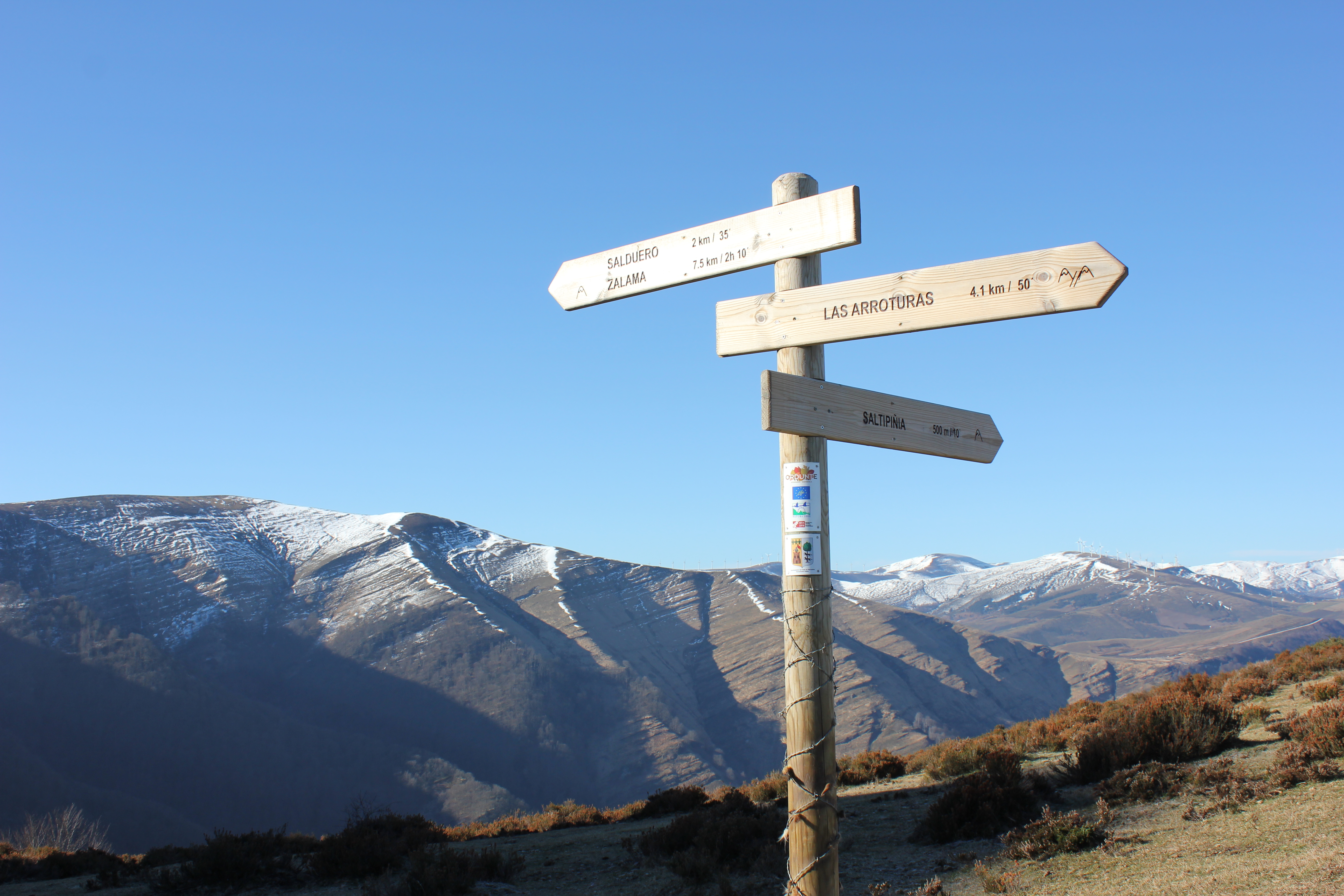Archives

Signpost on the ascent to Llana de Salduero in the Valley of Carranza. Luis Manuel Peña. Labayru Fundazioa Photographic Archive.
Place names are like an invisible coat that covers the territory we inhabit, Barandiaran wrote. Several layers overlap the landscape, as many as readings we could give of it: the geologist is capable of analysing its innermost essence, that which holds all others in place; the botanist gives account of ground-cover vegetation; the geographer is able to provide an interpretation by which the work of humans is brought to the surface; and the prehistorian attempts to decipher the remains of our forebears of long ago. Against this background, what is the task of the ethnographer? Namely, to learn the language of human activity, the ways of life and their impact, and interpret it in light of the testimonies of the people who live and work in the region under study. Through fieldwork with the local community, even more so when it concerns the study of rural environments, and more particularly mountain areas, the ethnographer uncovers place names that could only have been anchored in the surroundings by informants who actually use them and inherited them from ancestors who lived on the land before. Not to mention, of course, the major role of the linguist, who gathers names of geographical locations from the mouths of folks who employ them. (more…)

